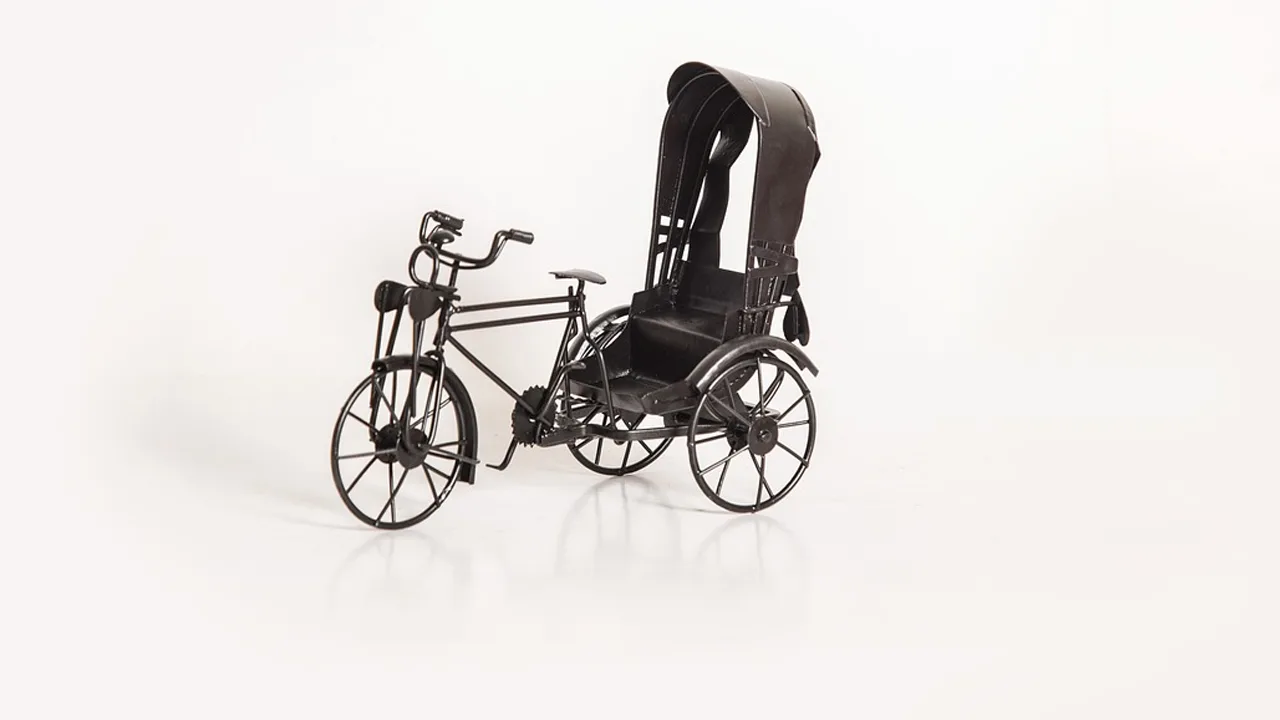Three-wheeled bikes, tricycles, or trikes have been a staple in the cycling world for years. They offer unique advantages and cater to various demographics, from recreational riders to those with mobility challenges. We’ll delve into the diverse technologies associated with three-wheeled bikes.
Frame Materials and Designs:
Aluminum and Steel Alloys:- Traditional materials like aluminum and steel are in three-wheeled bike frames. These materials provide durability and strength while keeping the overall weight manageable. Alloy frames can offer rigidity and flexibility, managing a comfortable riding experience.
Step-Through Designs:- Many three-wheeled bikes feature step-through designs, allowing riders to easily mount and dismount without lifting their leg over a high-top tube. This design caters to a broad audience, including those with mobility limitations, making the bike more accessible.
Steering Mechanisms:
Rear-End Steering:- Some three-wheeled bikes utilize rear-end steering, where the front wheel is stationary, and steering is by turning the rear wheels. This design simplifies the steering mechanism and can contribute to stability, especially at lower speeds.
Front-End Steering:- Other trikes employ front-end steering, similar to traditional bicycles. The front wheel is responsible for steering, offering a more familiar feel for riders transitioning from two-wheeled bikes. Front-end steering also allows for a broader range of turning radii.
Drivetrain Technologies:
Internal Hub Gears:- Many three-wheeled bikes incorporate internal hub gears. These systems are enclosed within the rear hub, providing a clean and low gear-shifting mechanism. Internal hubs are an advantage for riders who appreciate a simplified drivetrain without external components.
Electric Assist:- With advancements in electric bike technology, many three-wheeled bikes now come with electric assist options. Electric motors integrated into the drivetrain provide additional power when pedaling, offering assistance on hills or during long rides. This technology is particularly beneficial for riders seeking an extra boost, including those with limited physical strength.
Braking Systems:
Disc Brakes:- Three-wheeled bikes often feature disc brakes for efficient and reliable stopping power. Disc brakes mechanical provide consistent braking performance, even in wet conditions. It is crucial for the safety of riders, especially considering the potentially different weight distribution compared to two-wheeled bikes.
Parking Brakes:- Some trikes are equipped with parking brakes, offering stability when parked on inclines. This feature prevents unintentional movement and enhances the overall safety of the bike.
Suspension Systems:
Front and Rear Suspension:- Some three-wheeled bikes are selling with suspension systems. Front and rear suspensions absorb shocks and vibrations from uneven surfaces, providing a smoother experience for the rider. It is valuable for those using trikes for longer distances or on varying terrains.
Adjustable Suspension:- Advanced trikes may feature adjustable suspension settings, allowing riders to customize the level of shock absorption based on their preferences and the riding conditions. This adaptability enhances the versatility of three-wheeled bikes for different users.
Transportability and Folding :
Folding Mechanisms:- Some three-wheeled bikes incorporate folding mechanisms, enabling easy storage and transport. Folding trikes are convenient for riders with limited storage space or those who want the choice to take their bike on public transportation.
Modular Designs:- Certain trikes offer modular designs, allowing users to disassemble or fold specific components for more compact storage. This modular approach enhances the convenience of owning and transporting a three-wheeled bike.
Accessibility Features:
Hand-Cycle Adaptations:- Three-wheeled bikes are often adapted into hand-cycles for individuals with limited or no lower-body mobility. These adaptations include hand-operated pedals and specialized drivetrain systems, providing an inclusive cycling experience for a broader range of users.
Customizable Features:- Many manufacturers offer custom features, such as adjustable seat heights and handlebar positions, to cater to riders with different body sizes and comfort preferences. This customization ensures that three-wheeled bikes can be adapted to meet the specific needs of individual users.
Smart Technologies:
GPS and Navigation Systems:- In the era of clever technology, some three-wheeled bikes with GPS and navigation systems. These features assist riders in planning routes, tracking their rides, and ensuring they reach their destinations efficiently.
Bluetooth Connectivity:- Bluetooth-enabled trikes may allow riders to connect their smartphones or other devices to access additional functionalities. It could include controlling electric assist settings, monitoring ride statistics, or integrating with fitness apps for a more comprehensive cycling experience.
In conclusion, the technology associated with three-wheeled bikes continues to evolve, catering to riders and purposes. From frame materials and steering mechanisms to drivetrain innovations and clever technologies, these advancements enhance the accessibility, safety, and overall enjoyment of riding a three-wheeled bike. As technology keeps moving forward, we can expect further developments that will shape the future of trikes and expand their appeal to an even broader audience.
